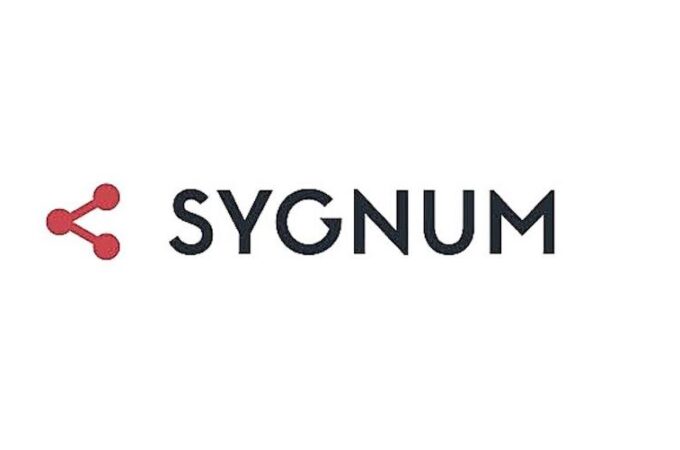
This Bank Wants to Be Your Best Friend
By Leena Rao for the Fortune magazine
If you’re a millennial, that is. SoFi will help with your job, your love life—and your finances.
Victor Berrizbeitia was two weeks away from his wedding when he was laid off from his project management job at a telecommunications company. Berrizbeitia, 29, was devastated. Worse, he was the breadwinner in his relationship.
Eventually he found a new role at BP through an unexpected source: Social Finance, known as SoFi, the company through which he refinanced his student loans. “It’s completely different than any other financial institution,” he says. “I don’t understand why more banks don’t do this.”
[su_pullquote align=”right”]“Financial services lost sight of what consumers actually need from a bank,” says CEO Cagney. “There haven’t been any recent innovations on the consumer side of the business.”[/su_pullquote]The brainchild of former Wells Fargo trader Mike Cagney, SoFi aims to be the bank of choice for millennials. It’s a common goal of many companies in the burgeoning financial technology, or “fintech,” industry. But SoFi (No.26, The Unicorn List) distinguishes itself by offering its members job placement, career counseling, and wealth management advice alongside the usual loans and mortgages. The five-year-old company has even dabbled in the world of dating to match like-minded members at singles events.
For Berrizbeitia and nearly 200,000 other young professionals who emerged from the 2007–08 financial crisis skeptical of big banks, SoFi has become preferred over traditional choices like Wells Fargo, Bank of America, and Chase. The company’s services are aimed at employed college graduates who demonstrate “a responsible financial history” and have a favorable ratio of income to expenses. Approachability, thanks to its conversational marketing, adds to SoFi’s appeal. “This might sound weird,” its website declares, “but we genuinely want you to succeed.”
“Financial services lost sight of what consumers actually need from a bank,” says CEO Cagney. “There haven’t been any recent innovations on the consumer side of the business.”
SoFi makes most of its money by selling its loans to hedge funds and investment banks. (The rest comes from fees.) The San Francisco company has issued $7 billion in loans to date; $3 billion of that has come in the past six months. That growth has attracted the attention of Japanese juggernaut SoftBank, which last year invested $1 billion in SoFi—still the largest single investment in fintech.
There’s still a long way to go. SoFi claims just a sliver of the $1 trillion mortgage market. As it takes on consumer debt, it will face increased regulatory scrutiny. And as it expands into new services like credit cards and direct deposit, it faces the reality that it must become more like Wells Fargo to continue growing.
SoFi will resist the pitfalls, Cagney insists: “We are on the cusp of a major change in banking.”
A version of this article appears in the March 15, 2016 issue of Fortune.





